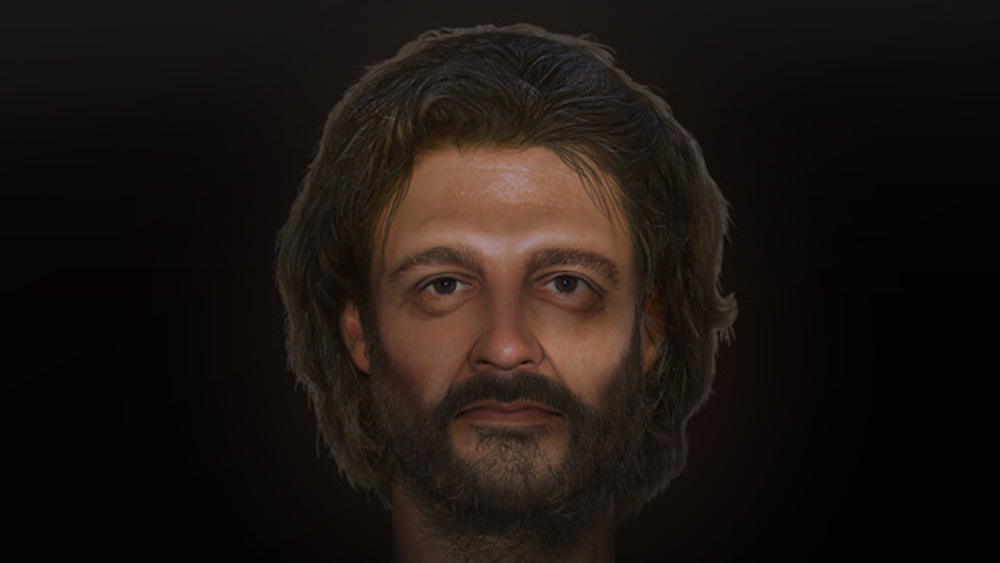The SARS-CoV-2 virus is continuously evolving and structural changes to the virus may impact the efficacy of antibody therapies and vaccines. A study publishing Feb. 17 in PLOS Pathogens by Anshumali Mittal at the University of Pittsburgh, USA and colleagues describes the structural and functional landscape of neutralizing antibodies against SARS-CoV-2 spike protein and discuss the effects of mutations on the virus spike protein that may allow it to evade antibody responses.
All viruses mutate as they evolve, and most mutations have either negative or neutral effects on viral fitness. However, some mutations give viruses a selective advantage, making them more infectious, transmittable, and resistant to antibody responses and therapeutics. To better understand the relationship between immune responses to SARS-CoV-2 virus and how mutations may allow the virus to escape neutralization, researchers conducted a review of the literature, comprising approximately 139 studies. They synthesized research on emerging SARS-CoV-2 variants, described the structural basis of how antibodies may neutralize SARS-CoV-2, and mapped out the spike protein mutations or “escape variants” that resist antibody binding and neutralization.
The researchers summarized the structure-based classification of the spike protein receptor-binding domains (RBD) that target antibodies to better understand the molecular mechanisms of neutralization. They also further described the RBD escape mutations for several antibodies that resist vaccine-elicited and therapeutically relevant antibodies binding. Future studies are needed, however, to better understand how these mutations may affect illness severity and mortality.
According to the authors, “The potency of therapeutic antibodies and vaccines partly depends on how readily the virus can escape neutralization. The SARS-CoV-2 virus will continue to evolve resulting in the emergence of escape variants; therefore, worldwide genomic surveillance, better vaccination drive, development of broadly neutralizing antibodies, and new drugs are vital to combat COVID-19.”
Mittal adds, “Structure-based escape maps combined with computational modelling are valuable tools to understand how mutations at each residue affect the binding of an antibody, and can be utilized to facilitate the rational design of escape-resistant antibody therapeutics, vaccines and other countermeasures.”
Story Source:
Materials provided by PLOS. Note: Content may be edited for style and length.
Note: This article have been indexed to our site. We do not claim legitimacy, ownership or copyright of any of the content above. To see the article at original source Click Here












